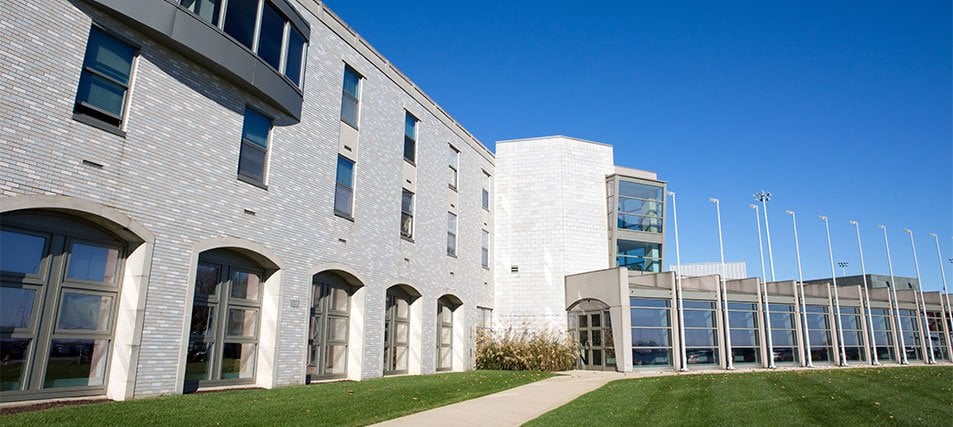Is a Combined Degree Program Right for You?

A combined or dual degree program lets you earn two degrees at once. One of the degrees might be an advanced degree. Find out how these programs work and how to find them.
Are you strongly interested in two fields of study? If so, take a look at colleges that offer combined degree programs.
What Is a Combined Degree Program?
A combined degree program is a formal plan of study for completing two degrees simultaneously. The courses you take are not different from those in regular degree programs. But the pace is different. You are likely to carry a larger course load and put in longer hours than your classmates in regular degree programs. Many programs are offered in partnership with other colleges, so you might take some courses, or even spend your junior or senior year, at a different college.
Applying for a Combined Degree
You normally apply to these highly competitive programs after you have been admitted to the college, usually in your freshman or sophomore year. Most programs require a minimum college GPA. Some even require that you enter college with AP or college credit already under your belt.
Combined Degrees Come in Two Flavors
Accelerated degree programs let you earn a bachelor's degree and a graduate degree in less time than it would take to get them separately. Such programs give both undergraduate and graduate credit for some courses, resulting in faster progress through the curriculum. Students typically begin graduate school during their senior year. For example, an aspiring medical doctor might begin coursework at a medical school as a junior and enter the formal M.D. program full-time as a senior.
Dual degree programs usually include two bachelor's degrees. These programs are not accelerated and may require a fifth year of college. They may make sense for any number of reasons. For example, a student may have a strong interest in two different academic fields. Or he or she may want to combine a career-oriented degree with a complementary degree, such as museum studies and art history.
Typical Fields of Study
Accelerated degree programs are widely offered in the sciences, health care, education, law, and engineering. Other fields include business, public administration, hospitality, real estate, and communications.
Dual degree programs are available in any number of fields. One common option is to combine a Bachelor of Arts degree with a Bachelor of Science degree. This way, a student gains the advantages of a liberal arts education while also graduating with a practical (and employable) degree in an applied field, such as engineering.
Pros and Cons of Combined Degree Programs
Since combined degrees demand an extraordinary commitment early in your undergraduate years, you should weigh them carefully.
Advantages of Accelerated Degrees
- You are quickly immersed in a field that you are passionate about.
- You get to start graduate studies early.
- They generally cost less than traditional programs.
- One admission fee covers both undergraduate and graduate schools.
- You graduate with an advanced degree in less time.
Drawbacks of Accelerated Degrees
- You might change your mind about your career plans after you start the program.
- Due to the demands of your studies, you won't have a typical college experience.
- And you won't have time to explore studies outside the program.
- You might decide that you want to attend a different graduate school.
Advantages of Dual Degrees
- You can pursue two interests at once.
- You can complement a career interest with broader studies
Drawbacks of Dual Degrees
- Your course load will be very challenging.
- It usually takes an extra year to get your bachelor's degrees.
- You might lose financial aid after getting your first bachelor's degree.
How to Find Colleges That Offer Combined Degree Programs
- Search online. Search using words that describe your career or major in combination with words such as "accelerated," "combined," "3-2," "3+3," "progressive," "joint," or "dual." (The numbers refer to accelerated programs that include three undergraduate years and two or three graduate years.) Some universities actively promote combined degrees and are easy to find. These colleges may offer attractive support and scholarships.
- Read descriptions carefully. Combined degree programs fall under many labels, and terms are often defined differently at different institutions. Also, there are many graduate-level combined degree programs, so be sure you are looking at programs for undergraduates.
- Use directories. Some professional organizations provide lists of colleges that offer combined degrees in their field.
- Look within a college. Look for combined degrees in the appropriate academic section of the general catalog, which is usually on the college's website. Descriptions of combined degree programs may also be tucked away on department web pages. Call the department office for help.



